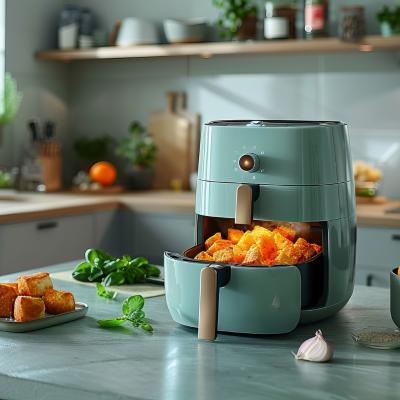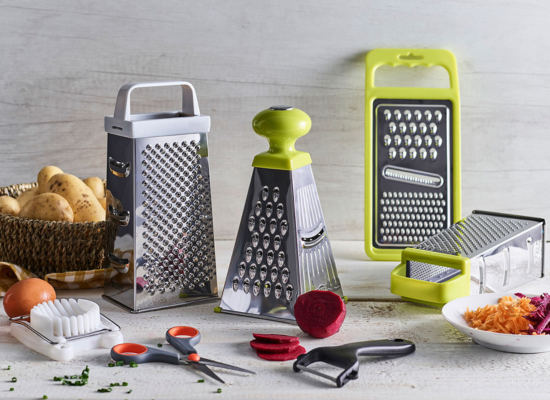
The whistle of your pressure cooker serves as a warning mechanism. It signifies that the pressure in the pressure cooker is high and needs to be released. You’re probably wondering what happens if your cooker doesn’t whistle and can I use a pressure cooker without a whistle?
Yes, you can use your pressure cooker without the whistle. However, this is not advised because it puts you at a higher risk of explosions and fire outbreaks. So, don’t block the valves of your cooker to stop it from whistling – it is extremely dangerous.
We will show you possible reasons your pressure cooker is not whistling and how to fix it. Let’s get started, shall we?
Why is the Pressure Cookers Whistle Important?
Your pressure cooker’s whistle helps alert you that the pressure in the cooker has built up and needed to be released. Bypassing this safety feature means that the pressure in the pot will keep building unchecked and can result in a nasty fire incident.
Fortunately, it is possible to work on your pressure cooker such that it starts whistling again. The next section contains possible reasons why your cooker isn’t whistling and how to tackle them.
How to Fix Pressure Cooker Whistle
The main reason your pressure cooker is not whistling is that it has not reached the required pressure. This failure can be caused by many factors. Here is a summary of some reasons your pressure cooker isn’t whistling when it’s time to release the pressure.
1. The Lid is Not Correctly Positioned
One reason your pressure cooker isn’t whistling when it should, is that the lid and the gasket are not positioned correctly. The lid and seal need to be well-positioned to trap the heat and build up the pressure.
Fix: Turn off the heat and let the cooker cool down. Then, check that the handles aren’t loose; if they are, tighten them.
Examine the gasket and check if it is worn out. If your pressure cooker still isn’t whistling after you’ve tightened the handles, replaced the gasket, and aligned them properly, then move on to the next step.
2. Lid Not Locking
The lid of pressure cookers comes with a built-in locking mechanism that allows the pressure to build up inside the pot. When this locking mechanism fails, you’ll have heat escaping from the pressure cooker.
Fix: Turn off the heat and let the pressure cooker cool down. Then, align the lid and close it carefully to engage the locking mechanism.
3. Wrong Pressure Valve Position
If the pressure valve on the cooker is not in place, then pressure cannot build up. Without the required pressure, the pressure cooker will not whistle. A common reason for this is that something is clogging the valve.
Fix: Clean the valve thoroughly to remove food and dust particles and replace the valves when de to prevent them from wearing out
4. Excess Liquid or Too Little Liquid
You already know that your pressure cooker requires enough water to cook the food. However, too much or too little liquid will prevent steam build-up.
Fix: Follow the manufacturer’s recommendation to figure out the quantity of liquid needed. Adjust the quantity of liquid accordingly.
LEARN MORE: How to Reduce Pressure Cooker Noise?
Conclusion
While you can use your pressure cooker without the whistle function, it is not advisable. So, if your pressure cooker suddenly isn’t whistling again, check that the lid is positioned correctly and that you have added the correct amount of liquids. With our simple guide, you can get your pressure cooker back to whistling again. Try it out.



